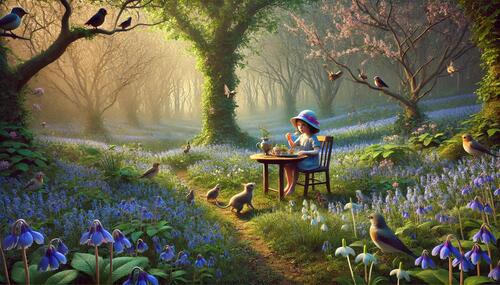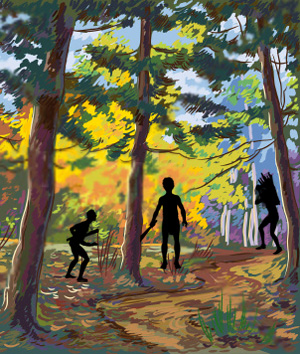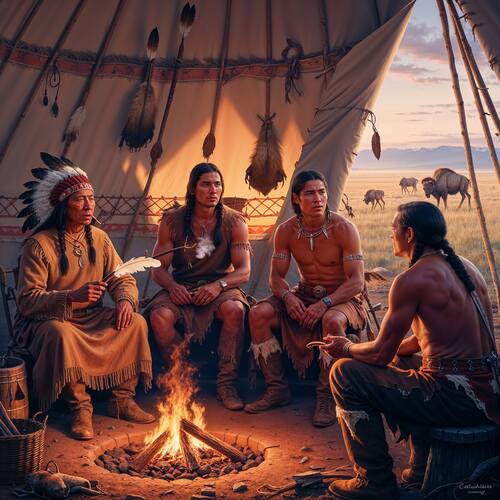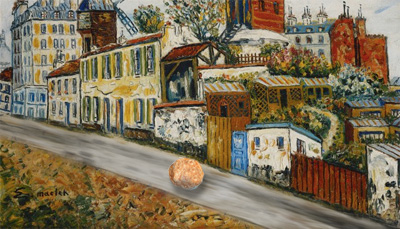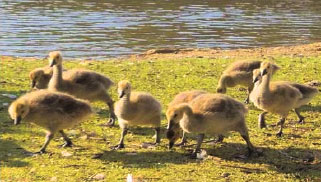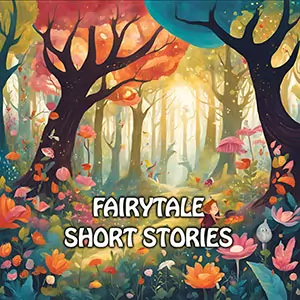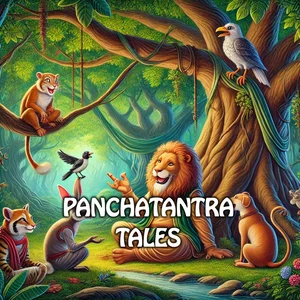Short Stories » Wild Animals from the Indian Stand-Point
Wild Animals from the Indian Stand-Point - Page 7 of 7
" The 'buffalo and elk people are among the noblest on earth," continued Hohay, after the laugh was ended. "The grizzly is a drunk- en, mad fighter, who attacks without reason. He is conceited because he is well armed, and is continually displaying his weapons. The great cat is much more ready to mind his own business, but, after all, he is much of a coward. The wolf warriors are brave where there is meat. All these characteristics are shown also among men.
"The buffalo and the elk fight only for their people and their country. They do not hunt among other tribes, and where they live together in large numbers there are fewer quarrels than among the same number of men together. They never leave their children until they are able to take care of themselves.
"They have made everything possible to us in our free life. They supply us with food, shelter, and clothing, and we in turn refrain from needlessly destroying the herds. Their summer gatherings are the grandest sight I have ever seen.
" But I must stop, friends. There is one sad thing about all this. It has just come into my mind. The wild man is bad enough, but there comes another man - - the paleface who has no heart for what is dearest to us. He wants the whole world for himself ! The buffalo disappear before him the elk too and the Red man is on the same trail. I will stop here, for it brings me sad thoughts."
He ended, and the others dropped their heads; not a word was uttered after this turn of the Red philosopher's logic. Hohay left the teepee, and the others followed him in silence.
« BackWild Animals From The Indian Stand Point - Takeaway for Class 1,2,3
Being brave and calm can help you safely handle unexpected situations with wild animals.
Wild Animals From The Indian Stand Point - Takeaway for Class 4,5,6
It's important to understand and respect wild animals, appreciating their role in nature while keeping a safe distance to ensure both our safety and theirs.
Wild Animals From The Indian Stand Point - Takeaway for Class 7,8,9
The story teaches us the importance of respecting and understanding wild animals in their natural habitats to ensure both their safety and ours.
3 Fun Facts
- In India, elephants are considered wise animals, often known for their intelligence and strong memory.
- Peacocks, which are native to the Indian subcontinent, are famous for their vibrant and colorful tail feathers, which they fan out in a beautiful display.
- In the Indian jungle, tigers are the dominant predators, known for their striking striped coats and incredible stealth while hunting.
Quiz for Class 1,2,3
- What did the animals in the forest need to cross to get to the other side?
- Who was the friend that guided the animals safely across the river?
- Why were the animals excited to reach the other side of the river?
Quiz for Class 4,5,6
- What were the people in the story trying to prevent by setting traps around the village?
- How did the villagers feel after successfully catching the tiger?
- Why did the wise old woman suggest releasing the animals back into the forest instead of keeping them captured?
Quiz for Class 7,8,9
- What influence does the landscape of India have on the types of wild animals found in the region?
- How does the behavior of wild animals in India change based on the interaction with humans as described in the story?
- What specific examples of animals are mentioned in the story, and how are they adapted to their environment according to the Indian standpoint?
Was this article useful? What should we do to improve your experience? Share your valued feedback and suggestions! Help us to serve you better. Donate Now!
